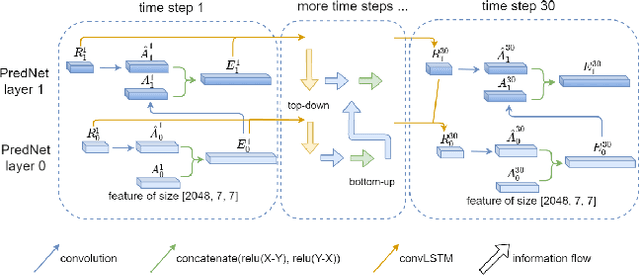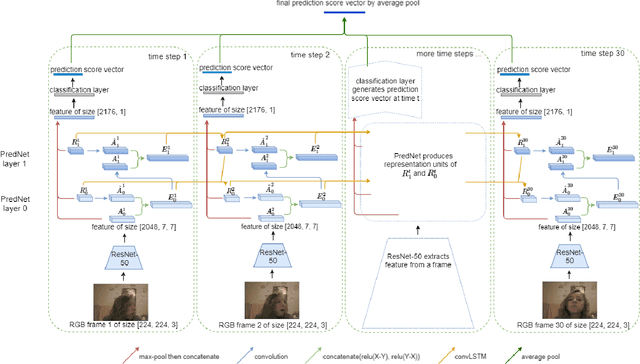Xia Huang
Predictive Modeling of Flexible EHD Pumps using Kolmogorov-Arnold Networks
May 13, 2024


Abstract:We present a novel approach to predicting the pressure and flow rate of flexible electrohydrodynamic pumps using the Kolmogorov-Arnold Network. Inspired by the Kolmogorov-Arnold representation theorem, KAN replaces fixed activation functions with learnable spline-based activation functions, enabling it to approximate complex nonlinear functions more effectively than traditional models like Multi-Layer Perceptron and Random Forest. We evaluated KAN on a dataset of flexible EHD pump parameters and compared its performance against RF, and MLP models. KAN achieved superior predictive accuracy, with Mean Squared Errors of 12.186 and 0.001 for pressure and flow rate predictions, respectively. The symbolic formulas extracted from KAN provided insights into the nonlinear relationships between input parameters and pump performance. These findings demonstrate that KAN offers exceptional accuracy and interpretability, making it a promising alternative for predictive modeling in electrohydrodynamic pumping.
GenKL: An Iterative Framework for Resolving Label Ambiguity and Label Non-conformity in Web Images Via a New Generalized KL Divergence
Jul 19, 2023Abstract:Web image datasets curated online inherently contain ambiguous in-distribution (ID) instances and out-of-distribution (OOD) instances, which we collectively call non-conforming (NC) instances. In many recent approaches for mitigating the negative effects of NC instances, the core implicit assumption is that the NC instances can be found via entropy maximization. For "entropy" to be well-defined, we are interpreting the output prediction vector of an instance as the parameter vector of a multinomial random variable, with respect to some trained model with a softmax output layer. Hence, entropy maximization is based on the idealized assumption that NC instances have predictions that are "almost" uniformly distributed. However, in real-world web image datasets, there are numerous NC instances whose predictions are far from being uniformly distributed. To tackle the limitation of entropy maximization, we propose $(\alpha, \beta)$-generalized KL divergence, $\mathcal{D}_{\text{KL}}^{\alpha, \beta}(p\|q)$, which can be used to identify significantly more NC instances. Theoretical properties of $\mathcal{D}_{\text{KL}}^{\alpha, \beta}(p\|q)$ are proven, and we also show empirically that a simple use of $\mathcal{D}_{\text{KL}}^{\alpha, \beta}(p\|q)$ outperforms all baselines on the NC instance identification task. Building upon $(\alpha,\beta)$-generalized KL divergence, we also introduce a new iterative training framework, GenKL, that identifies and relabels NC instances. When evaluated on three web image datasets, Clothing1M, Food101/Food101N, and mini WebVision 1.0, we achieved new state-of-the-art classification accuracies: $81.34\%$, $85.73\%$ and $78.99\%$/$92.54\%$ (top-1/top-5), respectively.
Predictive Coding Networks Meet Action Recognition
Oct 22, 2019



Abstract:Action recognition is a key problem in computer vision that labels videos with a set of predefined actions. Capturing both, semantic content and motion, along the video frames is key to achieve high accuracy performance on this task. Most of the state-of-the-art methods rely on RGB frames for extracting the semantics and pre-computed optical flow fields as a motion cue. Then, both are combined using deep neural networks. Yet, it has been argued that such models are not able to leverage the motion information extracted from the optical flow, but instead the optical flow allows for better recognition of people and objects in the video. This urges the need to explore different cues or models that can extract motion in a more informative fashion. To tackle this issue, we propose to explore the predictive coding network, so called PredNet, a recurrent neural network that propagates predictive coding errors across layers and time steps. We analyze whether PredNet can better capture motions in videos by estimating over time the representations extracted from pre-trained networks for action recognition. In this way, the model only relies on the video frames, and does not need pre-processed optical flows as input. We report the effectiveness of our proposed model on UCF101 and HMDB51 datasets.
 Add to Chrome
Add to Chrome Add to Firefox
Add to Firefox Add to Edge
Add to Edge